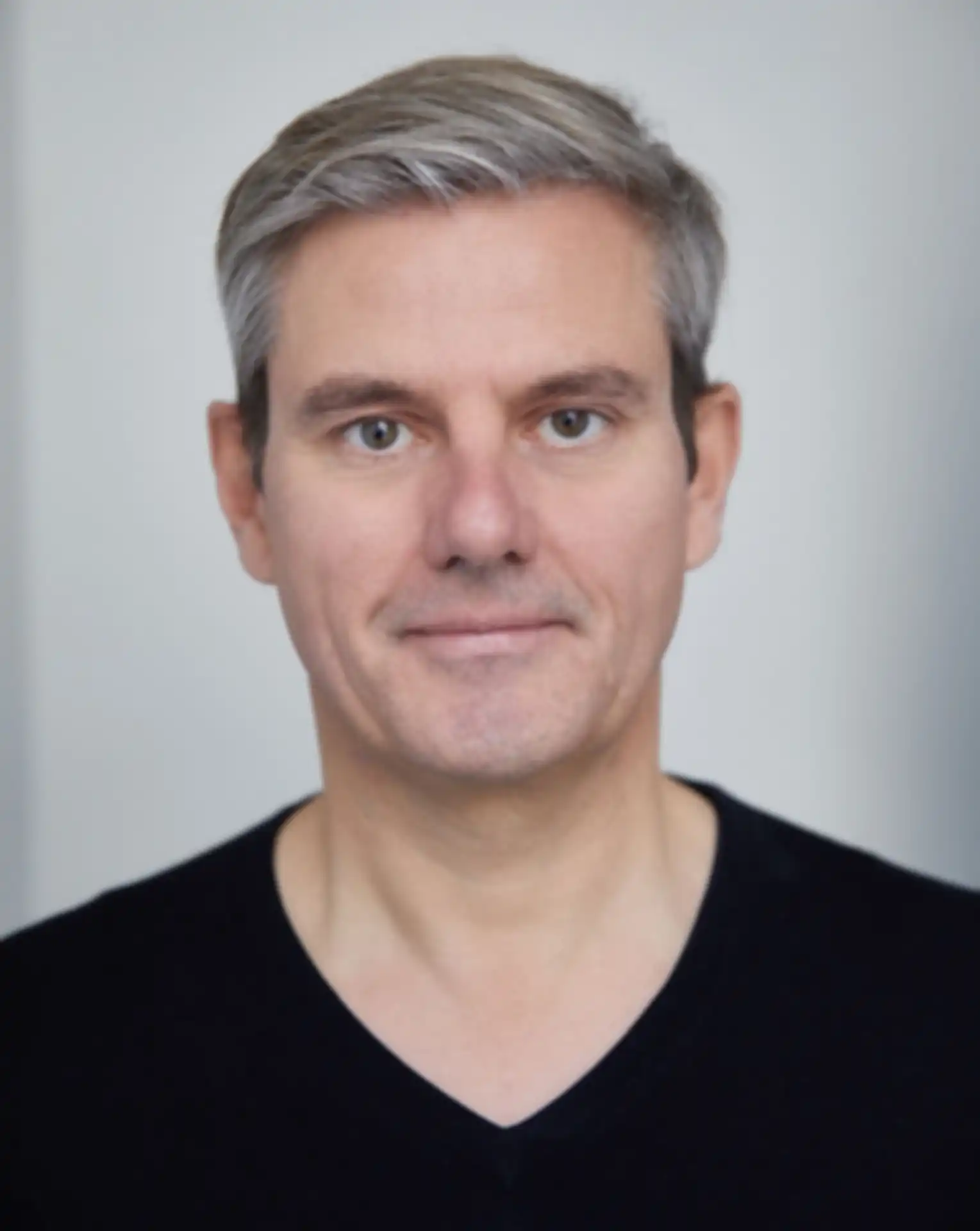6/12/2025
PSYCHOGRAM OF HIPOS
In the SPRIND podcast technology sociologist Thomas Ramge talks to innovative people every 14 days
WHAT MAKES DISRUPTIVE INNOVATORS TICK? THERE IS A GLARING ABSENCE OF EMPIRICAL STUDIES TO TELL US. BUT THROUGH THE SPRIND PODCAST, WE AT LEAST OBTAIN SOME APPROXIMATE VALUES.
Why did you become a scientist? How did you make your fundamental discovery? And how do you plan on turning your scientific findings into a radically better solution that is also successful on the market? These are three basic questions that I regularly ask our guests on the SPRIND podcast. My aim is to get disruptive innovators on the mic chatting – of course about their innovation and technology, but above all about themselves, their motivation, where they see their strengths and weaknesses, what frustrates them and what makes them happy.
Internally at SPRIND, we refer to radical innovators as HiPos
. This has nothing to do with the hippopotamus, but rather stands for high potentials
. Unfortunately, to my knowledge, there is no significant study that systematically explores the skills and
personality traits of potential leap innovators. Through our podcast, however, we at least collect anecdotal evidence on the psychogram of HiPos. They are all highly intelligent. Of course, as talented scientists, they are adept abstract and combinatorial thinkers. But these seem to us to be more hygiene factors. The conversations in the podcast, in-depth interviews conducted as part of the SPRIND
application process and biographical literature on the great inventors of history suggest that they all share a high degree of at least five other personality traits or behaviors.

Five skills and personality traits of HiPos
HiPos often develop an extreme interest in a specific field during their youth. Often, others might see this interest as crossing the line into obsession. If disruptive innovators are asked to self-reflect on their extreme interest, three patterns become apparent. Firstly, the ultra-intelligent HiPos are usually unable to explain why they are so interested in their specialty. They just are. Secondly, they see early specialization as a prerequisite for achieving success in their field. Thirdly, they were often forced to defend their early specialization, particular at school, and were told not to neglect other subjects or interests. However, they fought tooth and nail for their passion. And for the sake of technical progress, it is just as well they did.
The concept of grit
in psychology was popularized by US neuroscientist Angela Duckworth. Various studies in occupational science show that determination and perseverance are generally two of the most important factors for professional success. This seems to be even more true for disruptive innovators. After all, both their research and spin-off experiences are characterized by setbacks. Why? Because every disruptive innovator questions a scientific consensus and tends to receive heavily negative feedback from their colleagues. Nobel Prize winner in chemistry Stefan Hell is a prime example of this. No sooner had Stefan made his groundbreaking discovery on the diffraction limit of light waves in microscopy than he was unable to obtain follow-up funding for his research in Germany. So he went to Finland. Refuting the concerns of scientific doubters requires particular tenacity. Even more so for spin-offs from the German scientific community. Today, Stefan is not only the director of two Max Planck Institutes, but also the founder and owner of one of the world market leaders for STED microscopes based on his discovery.
The fuel for technical progress is knowledge. Or, more precisely, shared knowledge. This thirst is certainly something that our podcast guests share. As radical innovators, they naturally want to bring something new into the world. But they are also thirsty for new ideas and information that will benefit them and their innovation. Curiosity – and the openness associated with it – is subject to an interesting ambivalence. On the one hand, HiPos constantly have to absorb constructive impulses from outside. At the same time, however, they must not allow themselves to be overly distracted by the doubts of others. This is why we often see disruptive innovators as open
in terms of their approach, but also extremely confident
when it comes to their own basic idea.
When a major leap is achieved in science and technology, the focus is often on individuals: Marie Curie, Robert Bosch, Jennifer Doudna and Elon Musk are just a few who spring to mind. We humans love stories with heroes and heroines. However, anyone who has had the opportunity to observe a major innovation process up close knows that innovation is a team sport. Adopting a differentiated view proves helpful. The visible innovation heroes often have the ability to infect others with their enthusiasm for their own idea. They are often role models in modern leadership. They inspire and enable every individual and highly motivated team to get the best out of themselves in, line with the common goal. Vanity, meanwhile, is said to be a phenomenon that has also been observed in HiPos.
Fundamental researchers usually justify their deep interest in knowledge with their interest in knowledge. In this case, such circular reasoning is certainly justified. After all, Nobel Prizes can be won with this attitude. HiPos, however, want to use their knowledge to make an impact in the physical world and not rely exclusively on others. As scientists, they make a discovery that holds the theoretical possibility of a radically better solution. And then they found a start-up that brings something new into the world with practical vigour.



